SupremePunk #100
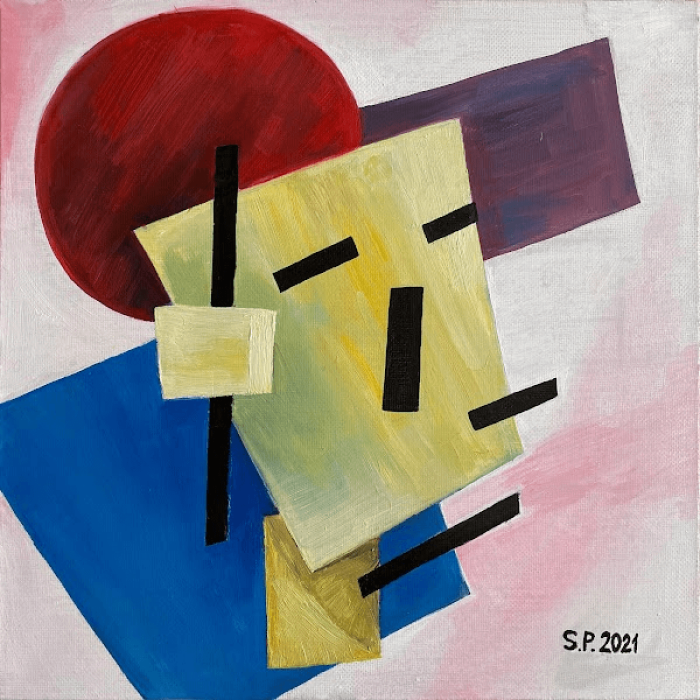
Suprematism
This Punk is inspired by the works of Alexander Rodchenko. The painting is made on canvas, which distinguishes it from other works in the collection. The painting depicts bright, basic colors of the spectrum. They are actively arguing among themselves, trying to find harmony and stability. The artist shows the study of ways to combine interpenetrating planes with space.
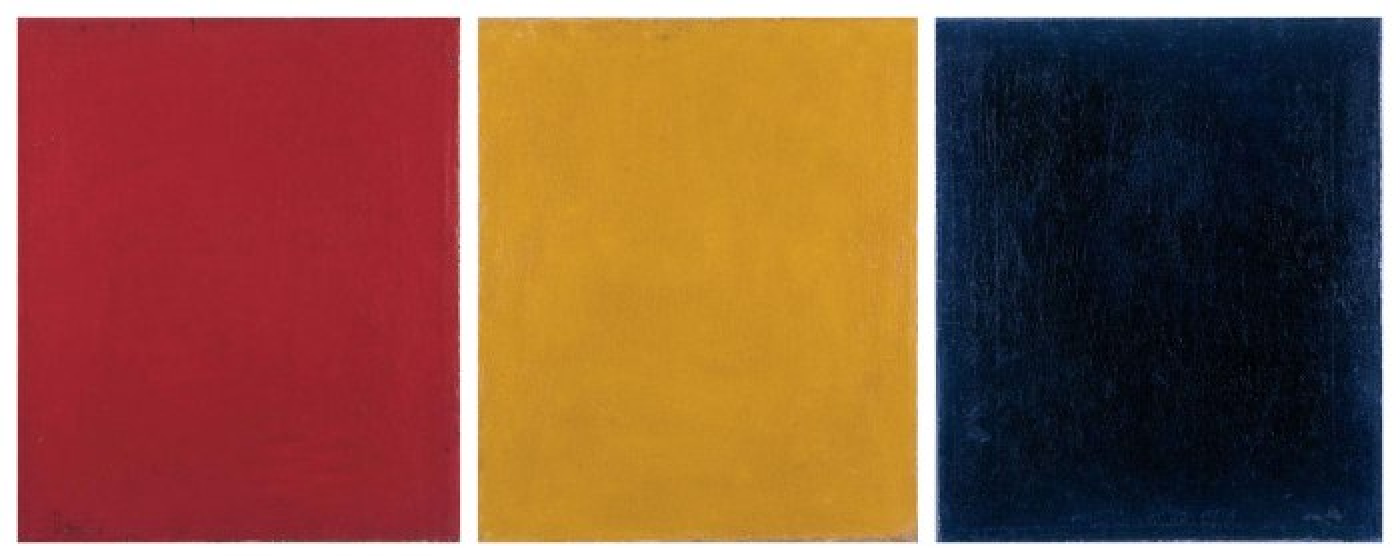
Alexander Rodchenko — Three Colors. Red. Yellow. Blue., 1921
SupremePunk is inspired by Rodchenko's painting "Three Colors. Red. Yellow. Blue." Alexander Rodchenko is a Russian avant-garde artist, graphic artist, photographer-innovator, sculptor, film artist. Alexander Rodchenko is rightfully called the ancestor of advertising and design in the USSR. Triptych "Red. Yellow. Blue" became a historical work for Rodchenko's painting career – he put an end to it with three exactly painted canvases. It is believed that this composition is a continuation of the controversy with Malevich's "Black Square". Yes, he also embodied the rejection of the subject and any "spiritual content" of the image, concentrating the viewer's attention on the line, shape, texture, color. But art, according to Rodchenko, does not pass into oblivion (that is, into a "black square"), but simply ceases in academic and even some avant-garde senses. In catalogues in the West, the triptych is listed as "The Last Painting".
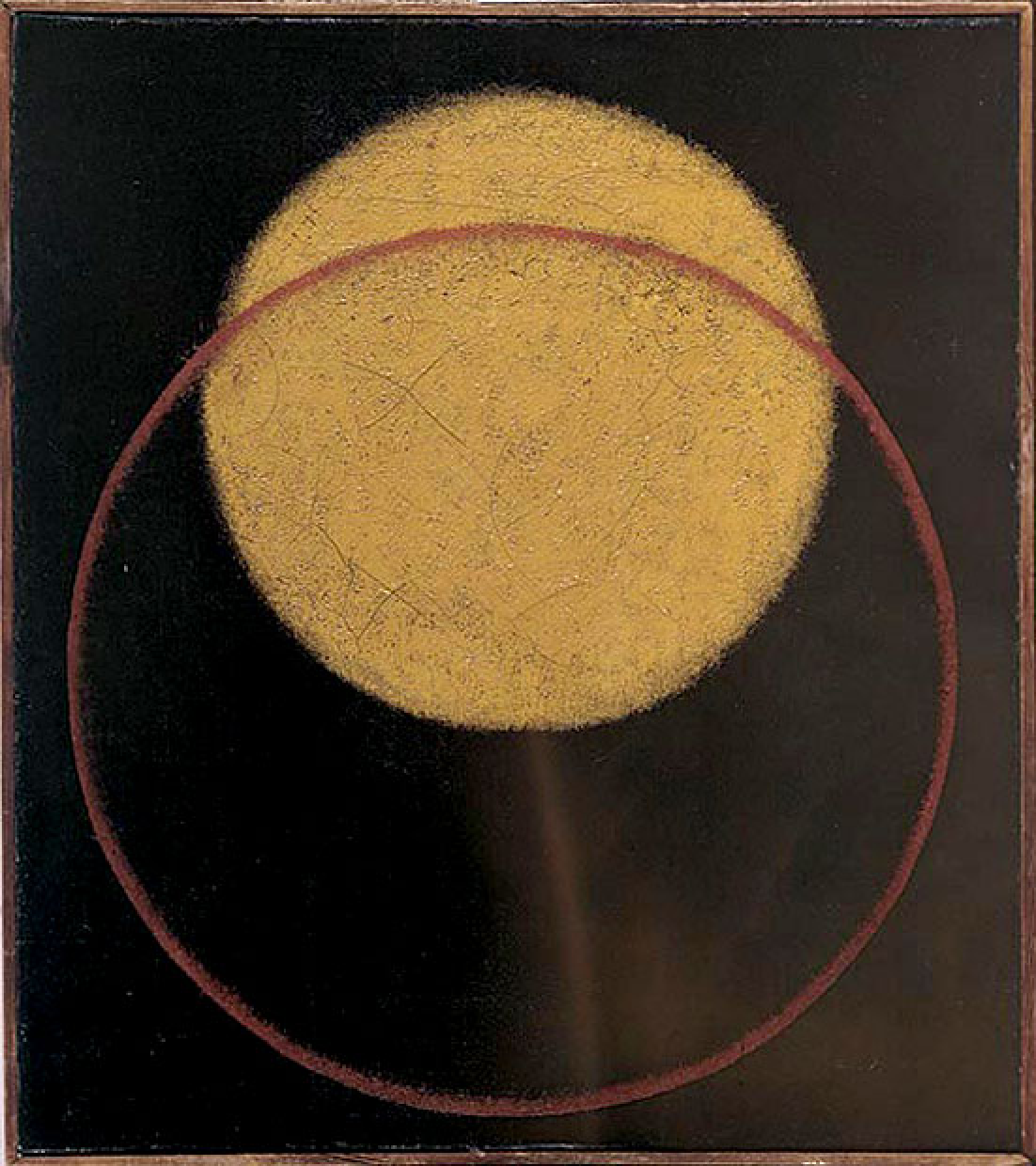
Alexander Rodchenko — Composition No.61, 1918
In the cycle of compositions "Concentration of Color", consisting of absolutely round luminous forms, the artist solved the problems of using lines as self-valuable forms in art. Referring to the innovators who invented new forms and possibilities, Rodchenko insisted that not only any thing or object, but also their components are self-sufficient as an expressive means and can become the subject of a separate picture. SupremePunk also shows the idea of self-sufficiency of color and shapes. It conveys the movement and development of an object through overlapping shapes and volumes. The light pink background creates a soft and dreamy space that draws bright objects into its embrace.
Overlapping segments of geometric shapes creates a sense of planned work, creating a spatial composition of geometry. Similar techniques can be found in the works of El Lisitsky.
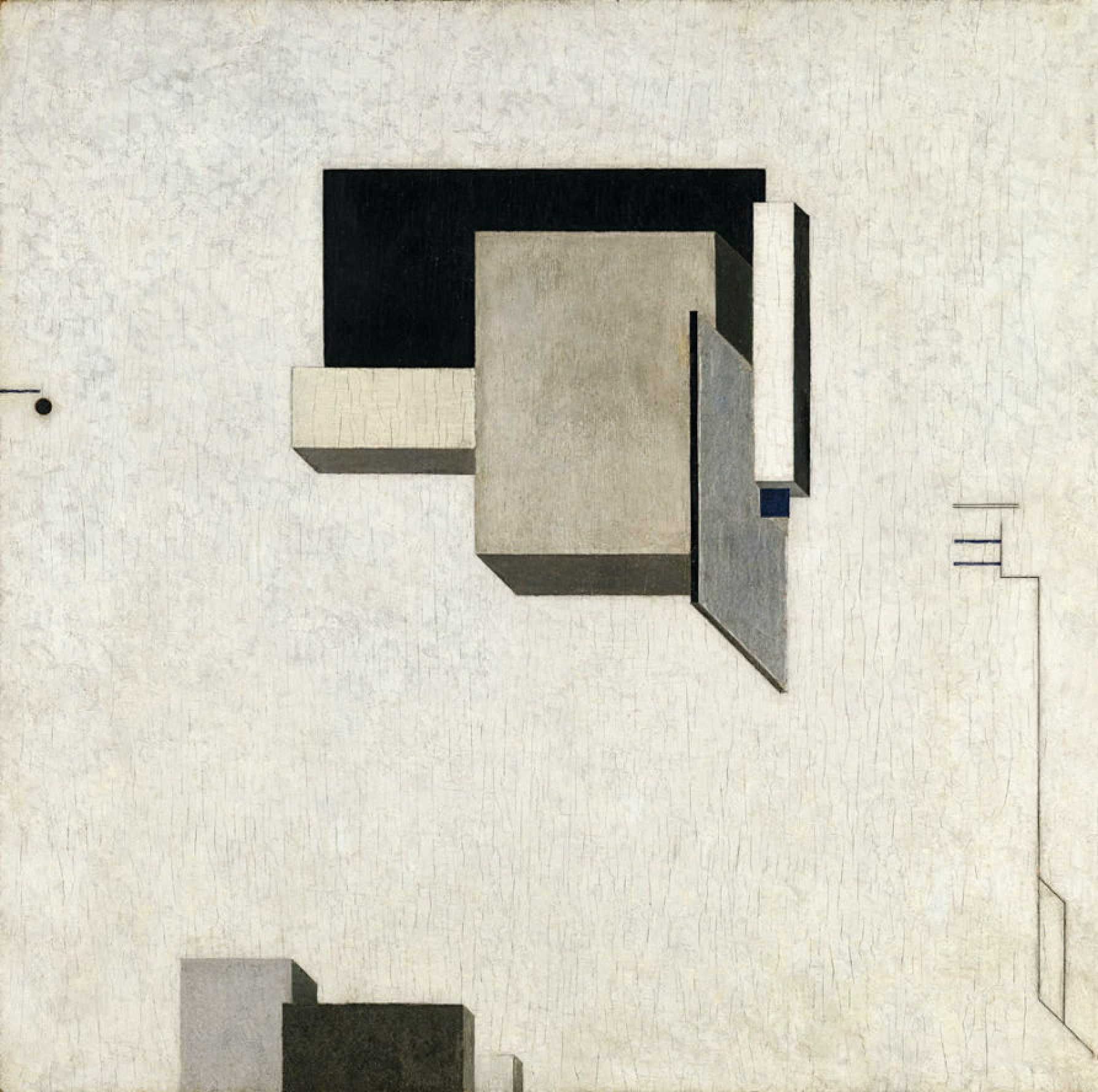
El Lisitsky — Proun 1C, 1919
Initially, the creator, if he is not a primitivist, starts from geometry – novice artists are taught to first see a circle, oval, square or triangle in objects, so that they then execute the object in its three-dimensional harmony and beauty. So the constructivists moved after the Cubists - to the very origins of creativity. Another thing is that Lisitsky did not switch to figurative images or other forms of painting resembling traditional. He remained a suprematist, cubo-futurist and constructivist in all his independent creations. Despite the bright colors of the work, the overall mood of the painting is slightly melancholic and detached, this feeling is formed due to horizontal black lines resembling facial features. The character's face is detached, he looks somewhere into the distance.
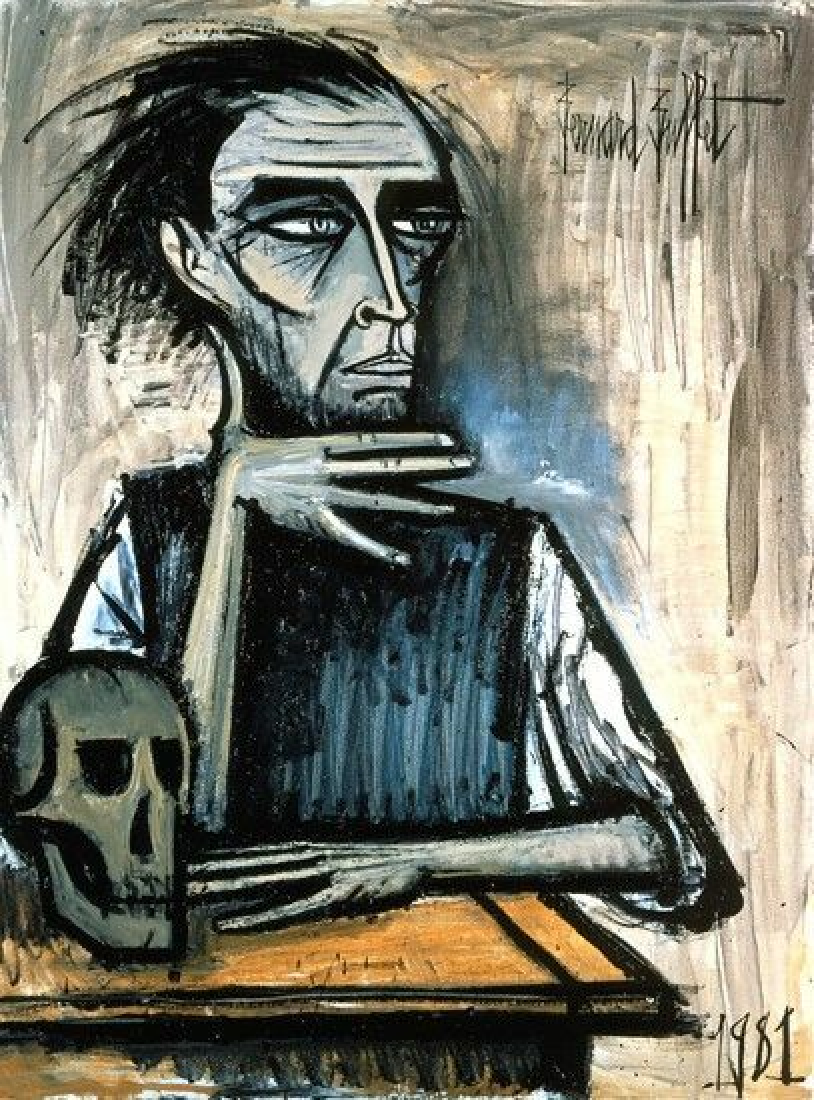
Bernard Buffet — The Man with the skull, 1981
A similar composition of the work can be found in the painting by Bernard Buffet "The Man with the skull". Bernard Buffet is an artist and graphic artist who worked in the style of miserablism, which developed in France in the 1940s. Buffet depicted people with faces full of despair in dreary interiors. This person's face radiates detachment and indifference to everything around him. In front of him on the table, as a symbol of hopelessness, lies a skull, turned in the same direction where the man himself is looking.
The supremePunk is written in a well-coordinated bright color palette, but despite all the color scheme, the picture can still cause the viewer a feeling of detachment and melancholy.

Buy

Gallery:
CryptoPunk #4021 that has been taken as a base

Your transaction is in progress

You have connected to the wrong network

Transaction is successful!


